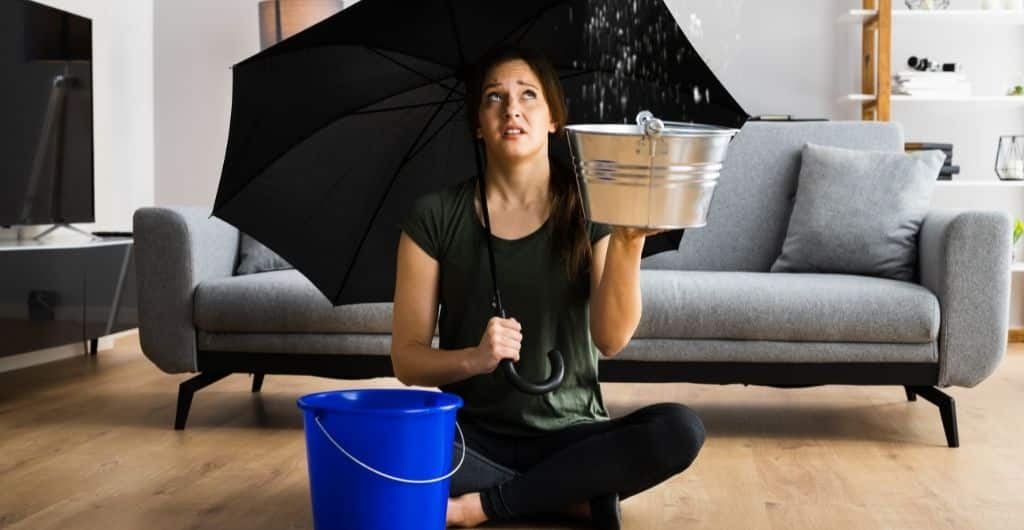How to Maintain Your Home After Water Damage Restoration

As you’ve finally overcome the ordeal of water damage restoration, it’s essential to take proactive steps to maintain your home and prevent future incidents. You’ve worked hard to restore your space, but the real work begins now. By keeping a close eye on humidity and moisture levels, inspecting your plumbing systems, and ensuring proper ventilation and cleaning, you’ll be well on your way to a safe and healthy living environment. But that’s just the beginning – there’s more to learn about safeguarding your home from the unseen consequences of water damage.
Monitor Humidity and Moisture Levels
Humidity and moisture levels are crucial indicators of your home’s recovery from water damage.
After a water damage incident, it’s essential to keep an eye on these levels to ensure your home is drying out properly. High humidity can lead to mold growth, further damage, and unpleasant odors.
You can use a hygrometer to measure the humidity levels in your home. Ideally, the humidity level should be between 30-50%.
You should also check for moisture in walls, floors, and ceilings. Use a moisture meter to detect any hidden water spots.
If you find any, make sure to dry them out quickly to prevent further damage. Open windows and doors to improve ventilation, and use fans to circulate the air. Dehumidifiers can also be helpful in removing excess moisture from the air.
Inspect and Maintain Plumbing Systems
After a water damage incident, it’s crucial that you inspect your plumbing systems to identify and fix any leaks or weaknesses that may have contributed to the damage.
Check all visible pipes, connections, and fixtures for signs of corrosion, rust, or mineral buildup. Look for drips, drops, or water spots under sinks, around toilets, and near water heaters. You should also inspect your water meter to see if it’s still moving when all faucets are turned off.
You’ll need to fix any issues you find right away to prevent further damage. Consider replacing old or damaged pipes, and tighten any loose connections.
Don’t forget to inspect your appliances, like dishwashers and washing machines, for any signs of water damage or leaks. Make sure you’re familiar with your home’s plumbing layout, including the location of shut-off valves, so you can quickly respond in case of an emergency.
Regular maintenance can help prevent future water damage incidents, so make it a habit to inspect your plumbing systems regularly.
Dry and Ventilate Spaces Properly
When you’re dealing with water restoration services damage, every minute counts, and drying out the affected spaces quickly is crucial.
The faster you remove excess moisture, the less likely you’re to encounter mold growth, structural damage, and other costly issues.
To dry out your home efficiently, open windows and doors to facilitate air circulation. If it’s safe to do so, use fans to speed up the evaporation process.
Make sure to direct airflow towards the affected areas, and consider renting a dehumidifier if the moisture levels are extremely high.
Don’t forget to dry out hidden spaces like crawlspaces, attics, and behind walls, as these areas can harbor moisture and lead to further damage.
Remember to monitor humidity levels and adjust your drying strategy accordingly.
Clean and Disinfect Surfaces Regularly
Your home’s surfaces are now dry, but they may still harbor bacteria, viruses, and other contaminants that can pose health risks.
To ensure a safe and healthy living environment, you’ll need to clean and disinfect all surfaces regularly. Start by mixing a solution of bleach and water, and use it to wipe down all hard surfaces, including countertops, sinks, and faucets.
Don’t forget to clean light switches, doorknobs, and other high-touch areas.
Next, focus on soft surfaces like carpets, upholstery, and mattresses. If they’re salvageable, have them professionally cleaned and disinfected.
If not, consider replacing them to prevent the spread of mold and bacteria. Remember to always wear gloves and a face mask when cleaning to protect yourself from potential contaminants.
By cleaning and disinfecting your surfaces regularly, you’ll reduce the risk of illness and ensure your home remains a safe haven.
Make cleaning and disinfecting a priority to maintain a healthy and safe living space.
Check for Hidden Water Damage Signs
You’ve cleaned and disinfected your surfaces, but there may be more to water damage than meets the eye.
Water can seep into hidden areas, causing ongoing damage and potential health hazards. To ensure your home is completely restored, you need to check for hidden water damage signs.
Look for warping, buckling, or discoloration on walls, floors, and ceilings.
Check behind furniture, appliances, and baseboards for signs of moisture or water staining.
Musty odors, peeling paint, or loose tiles can also indicate hidden water damage.
Don’t forget to inspect your home’s exterior, including the roof, gutters, and downspouts, for signs of damage or malfunction.
Use a moisture meter to detect hidden water in walls, floors, and ceilings.
This tool can help you identify areas that need further inspection or repair.
If you’re unsure about how to check for hidden water damage signs or suspect you’ve found damage, consider hiring a professional to assess and repair your home.
Conclusion
You’ve survived the water damage restoration process, but your work isn’t done yet. To keep your home safe and healthy, remember to regularly monitor humidity and moisture levels, inspect and maintain plumbing systems, dry and ventilate spaces properly, clean and disinfect surfaces, and check for hidden water damage signs. By following these simple steps, you’ll prevent future water damage incidents and maintain a safe and healthy living space.
